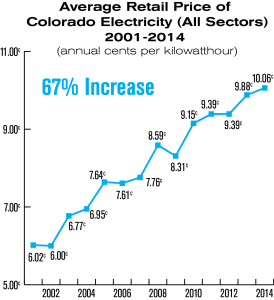Progression of power will in general considerably benefit huge customers (principally modern clients), however benefits for homegrown buyers contrasted and public syndication or a controlled confidential imposing business model is problematic, as advancement has been displayed to give supply expenses for consumers. There are likewise questions about whether the framework can guarantee the drawn-out security of supply by giving adequate motivators to start building age limit in time for when it is required, an issue which has begun to torment England during the 2010s as the extra limit has diminished essentially to simply over 1.2 percent in 2015. Moreover, the experience of Pulse Power rates advancement in agricultural nations has demonstrated hazardous, as numerous enormous multinationals pulled out help for power plant development projects toward the beginning of the 21st 100 years, leaving nations like Argentina, Colombia, Chile, and Uganda to get the bill for the extension of their electric organizations. The privatization of power inclined toward liberal financial experts reflecting the English model has likewise prompted expanded consumption on promoting and power exchanging motivations for purchasers.
Utilization and Restrictions

LCOE is in many cases referred to as a helpful outline proportion of the general seriousness of various creating advancements, nonetheless, it has possible constraints. Speculation choices consider the particular mechanical and provincial qualities of a task, which include numerous different elements not reflected in that frame of mind of LCOE. One of the main expected limits of LCOE is that it may not control for time impacts related to matching power creation to request. This can occur at two levels:
- Dispatchability is the capacity of a creating framework to come on the web, go disconnected, or increase or down, rapidly as request swings.
- How much the availability profile arranges or conflicts with the market demand profile?
Specifically, in the event that the expenses of matching lattice energy capacity are excluded from projects for variable sustainable power sources, for example, sun-oriented and wind, they might create power when it isn’t required in that frame of mind without capacity. The worth of this power might be lower than if it was delivered at some other point, or even negative. Simultaneously, factor sources can be cutthroat in the event that they are accessible to deliver when request and costs are most elevated, for example, sun powered during mid-year noontime tops seen in sweltering nations where cooling is a significant shopper.
To guarantee sufficient power is generally accessible to fulfill needs, stockpiling or reinforcement age might be required, which adds costs that are excluded from certain occurrences of LCOE. The abundance of age when not required may drive reductions, consequently decreasing the income of an energy supplier. Choices about interests in energy age advances might be directed by different measures, for example, the levelized cost of capacity (LCOS) and the levelized kept away from the cost of energy (Ribbon), notwithstanding the LCOE. One more possible limit of LCOE is that a few investigations may not satisfactorily think about the backhanded expenses of age. These can incorporate the social expense of ozone-harming substance emanations, other ecological externalities like air contamination, or matrix update prerequisites.




